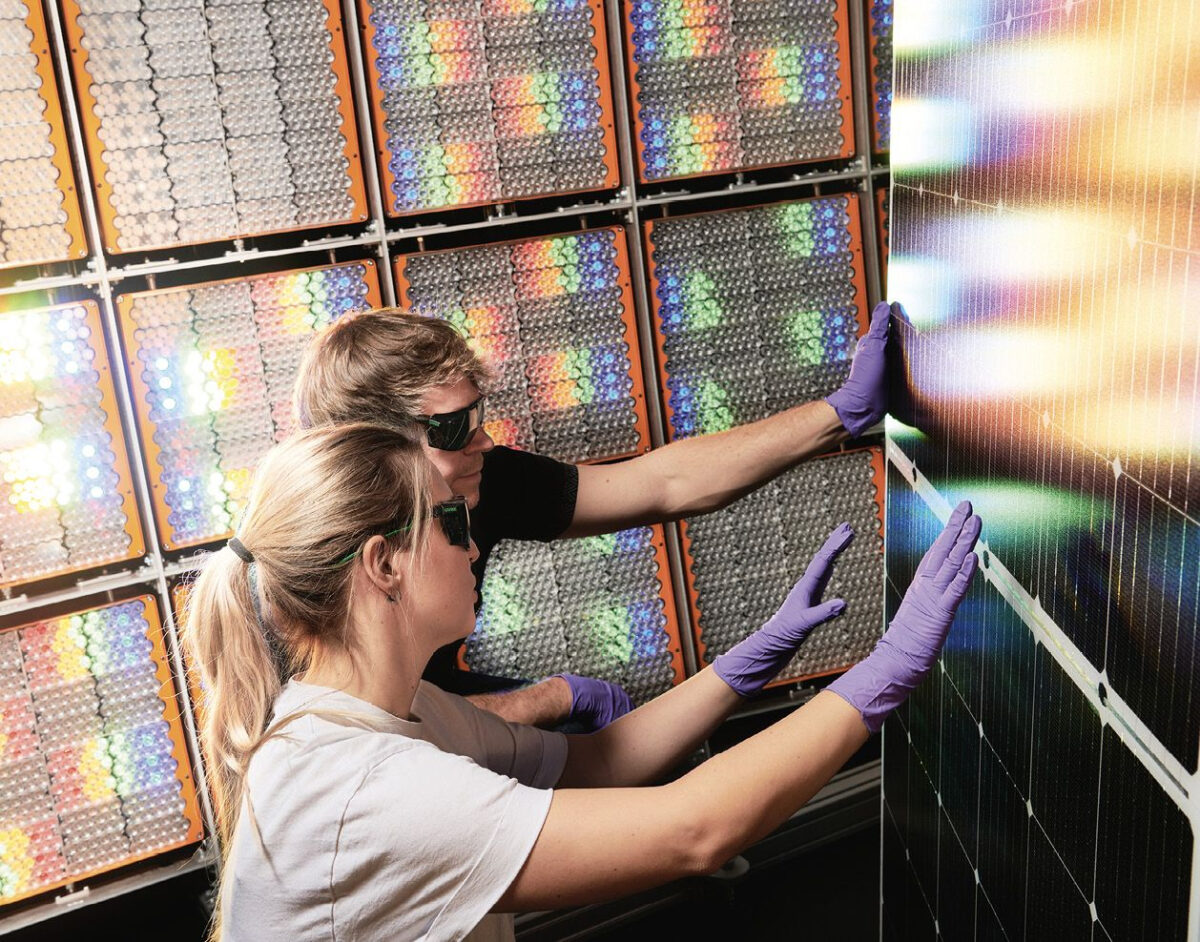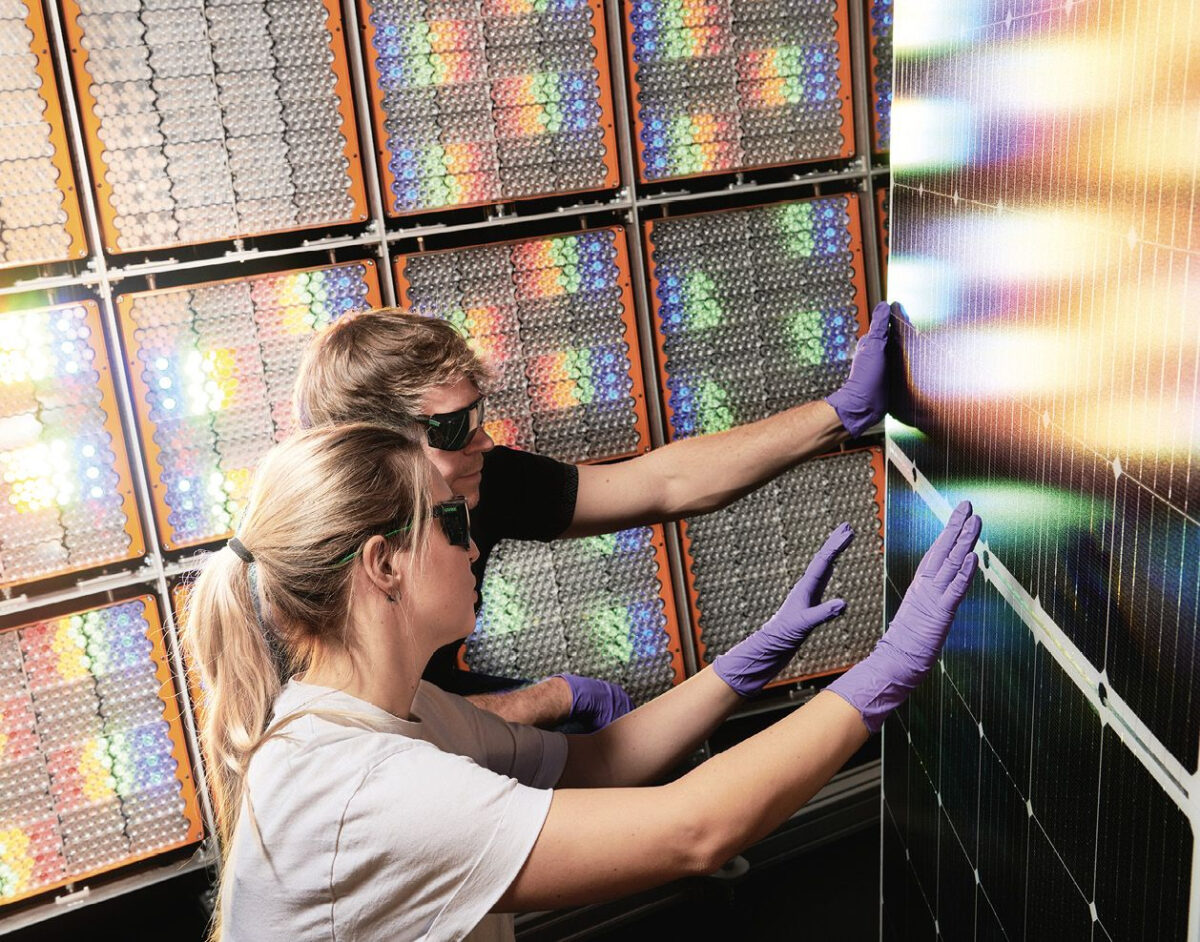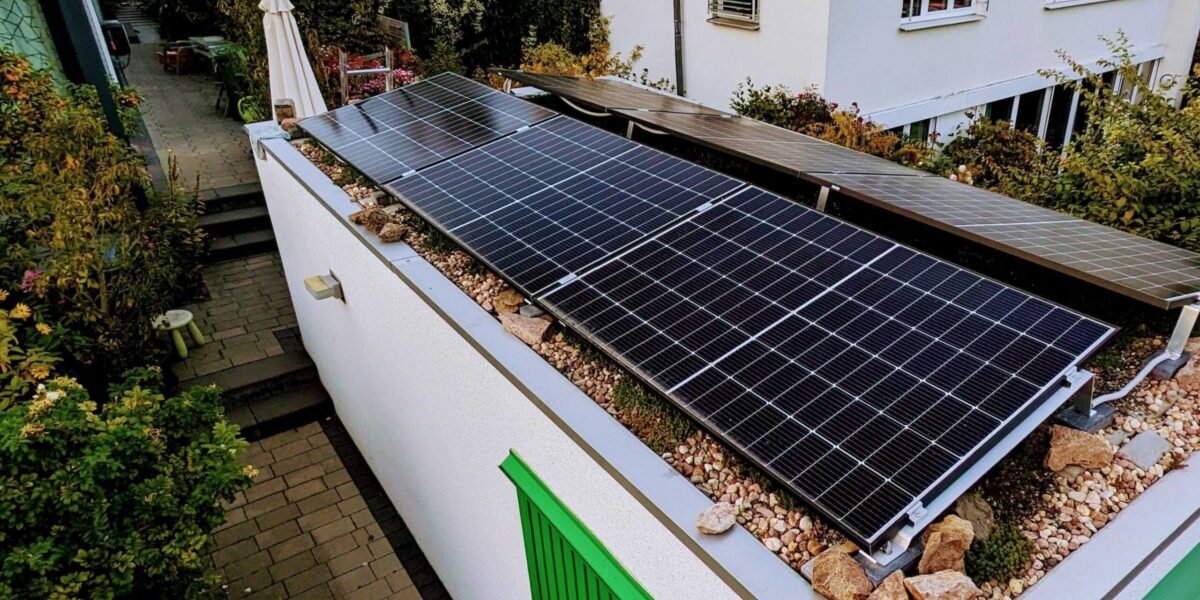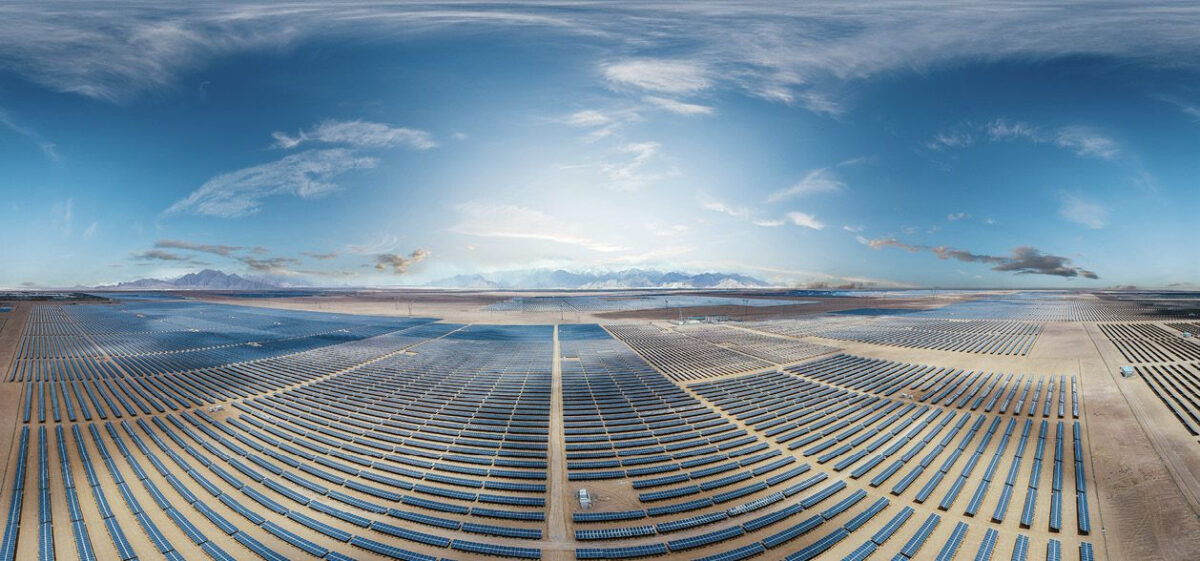https://www.pv-magazine-australia.com/2024/06/08/weekend-read-double-trouble/
Double trouble

Scientists test the Oxford PV and Fraunhofer ISE module.
Photo: Fraunhofer ISE
From pv magazine print edition 5/24
On January 31, 2024, researchers from the Fraunhofer Institute for Solar Energy Systems (Fraunhofer ISE) announced that, alongside perovskite developer Oxford PV, they had produced a full-sized perovskite tandem module with a conversion efficiency of 25%. At 421 W, the dual-glass module’s power output is far from that achieved by the large-format modules manufactured by solar industry giants. Nonetheless, the result was a powerful demonstration of the steps being made toward commercialising what is widely considered the next generation of solar cell technology.
When announcing the result, the Fraunhofer ISE team noted that scientists from its CalLab PV Modules’ calibration laboratory used a “multispectral solar simulator” to measure both the crystalline silicon solar cell and perovskite cells. It allowed for different light spectra to be applied to the cell while under continuous illumination. This required specialised measurement equipment based on LED light sources that were able to provide illumination evenly across the module’s 1.68 m2 surface.
“The continuous intensity and spectral stability of the light source is of particular importance especially for tandem devices,” said Johnson Wong, general manager for the Americas at equipment provider Wavelabs. The researchers from Fraunhofer ISE used Wavelabs’ Sinus-3000 Advanced LED module I-V tester for the Oxford PV module.
“Thanks to its optimised light distribution over a long working distance, the tester light source is designed to cast a light field that very closely mimics the sun at every point over the large module area,” Wong added. He said the Sinus-3000 LED tester exceeds A+ class in terms of “spectrum, light uniformity, and stability over time, which play a critical role in the measurement accuracy.”
Accurate characterisation
The accurate characterisation of perovskite solar devices requires not only new equipment but also novel processes. Longer illumination times are needed; the temperature impact of the light source must be controlled or corrected for; I-V sweeps should be significantly slower than in crystalline silicon cells; and, in tandem cells, their current must be aligned so that the combined power output is not limited.
The PV research community, prospective manufacturers, and equipment suppliers are making strides in overcoming the formidable challenges posed by perovskite solar devices. New, collaborative research projects are being launched and measurement routines are becoming more sophisticated. As a result, confidence is growing that as the prospective PV perovskite manufacturers develop their devices toward maturity, the equipment and processes will be ready.
Sunny prospects
Karl Melkonyan, PV technology analyst with S&P Global Commodity Insights, said that perovskite tandems have “the best chances for commercialization” among next-generation solar cell technologies. Perovskite PV cells can be coupled with either crystalline silicon (c-Si) or thin-film solar cells.
Early perovskite PV devices achieved conversion efficiencies in the low single digits – 3.8% was recorded in 2008. Record efficiencies are now set at regular intervals and are well beyond 25%.
Perovskite tandem devices are extremely promising, primarily because the thin-film perovskite cell plus the “base” c-Si, cadmium telluride, or copper indium gallium selenide layer can capture different light wavelengths, resulting in small-scale research cells with efficiencies beyond 30%.
Translating lab efficiency to larger cells and modules is difficult, however. “While there are many record efficiency achievements of perovskite solar cells reaching 20% and above, the total efficiency of a tandem structure can be much lower than the sum of those individual efficiencies,” said Melkonyan. He noted that the reason for this is often a current mismatch between bottom and top cells.
Measurement challenges
For a PV device to prove its worth, its power output must be able to be measured in a highly accurate, replicable, and standardized fashion. At the end of the day, if a PV module is to be purchased and installed, it is vital that its nameplate power output can be trusted.
Here, as noted in the recent Fraunhofer ISE and Oxford PV result, perovskite PV devices present a host of new challenges. “Yes, the power measurement of a perovskite tandem or multi-junction cell presents challenges and could be quite difficult because very specific spectrally-adjustable solar simulators are required,” said Melkonyan. “Apart from appropriate stabilisation methods for different perovskite materials, the processes should include standardized protocols to measure under standard test conditions.”
In late April 2024, Fraunhofer ISE, Oxford PV, Wavelabs, and the University of Freiburg wound up an 11-month investigation into how large-format perovskite tandem PV cells can be accurately characterised. Fraunhofer ISE’s Martin Schubert led the project – abbreviated to “Katana” in German. He said there are two major differences between the characterization of perovskite tandem devices and regular PV modules.
Two factors
“One is that the efficiency may change during illumination,” said Schubert, who leads the quality assurance, characterization and simulation team. “The reason for that is that there is an ion migration in the perovskite cell in which some ions are moving. The second complication is the tandem architecture. By itself, that means we have two solar cells – one on top of the other and with different spectral sensitivity. We need to take care that the top cell gets the right amount of current and the bottom cell gets the right amount of current.”
Ion migration within the perovskite device while under continuous illumination means that the measured efficiency can either increase or decrease over time. This “metastability” necessitates the long illumination time needed for stabilized power output to be ascertained. Complicating things further, different perovskite PV compositions demonstrate varying levels of metastability.
The need for long light exposure, to accommodate metastability, brings heat, even when using LEDs. This means that the measurement of perovskite devices is often carried out at temperatures higher than standard test conditions (STC).
The power output of a photovoltaic device declines as its temperature increases, a factor described as a device’s temperature coefficient. Different PV technologies mean differing temperature coefficients. c-Si solar products, for example, have a larger temperature coefficient than thin film devices. If that is not controlled and accounted for, the result is measurement uncertainty.
Testing equipment with temperature control – essentially a chamber with air conditioning – can reduce this uncertainty in best-case scenarios. Such sophisticated devices, particularly with sufficient scale to accommodate full modules, come at a cost.
The impact of temperature can be corrected for using mathematical models based on accurate temperature readings and can account for the uncertainty higher temperatures can bring. With tandem devices, the temperature sensitivity of both the top and bottom cell must be accounted for – a complex, if not impossible, equation.
Commercial implications
At present, the testing of perovskite devices is carried out within minutes, to account for metastability related to ion migration in the perovskite cell, so that slower I-V sweeps, with multiple power point tracking (MPPT), can be carried out. This is unsuitable for mass production, as many modules need to be rolling off production lines every minute.
Wavelabs’ Wong said that a “more pragmatic test routine” would likely first involve a preconditioning of the module using light soaking, from mass-production light sources. That could then be followed by “a fast I-V sweep using high quality illumination that must fit within the specifications of spectral match, uniformity, and stability,” said Wong. “The fast I-V sweep will likely be done in the order of 100 milliseconds to one second, during which the ions are ‘frozen in’ to their preconditioned distribution and do not significantly redistribute.”
Fraunhofer ISE will be launching a three-year research project in May 2024 that will investigate how “fast and precise measurements” can be developed and executed for perovskite devices, including tandems. The project, abbreviated to “PERLE” in German, will be funded by Germany’s Federal Ministry of Economic Affairs and Climate Action. Fraunhofer ISE’s Schubert said that it is possible that the first findings from the project will be published by May 2025.
This content is protected by copyright and may not be reused. If you want to cooperate with us and would like to reuse some of our content, please contact: editors@pv-magazine.com.
<




